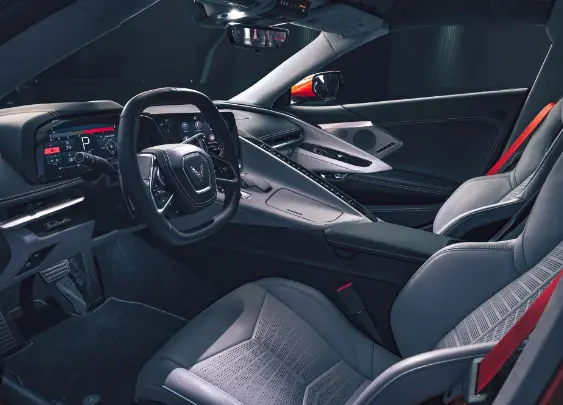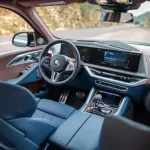When you think about driver safety, the first things that come to mind might be seatbelts, airbags, and advanced driver assistance systems. While these elements are undoubtedly crucial, another critical aspect often overlooked is car interior design.
The design of a car’s interior plays a significant role in ensuring driver safety and well-being. In this article, we’ll explore the intricate connection between car interior design and driver safety.
1. Ergonomics for Comfort and Control
Ergonomics is the study of how people interact with their environments, and it’s a fundamental aspect of car interior design. Ergonomically designed car interiors aim to provide comfort and ensure that drivers can maintain full control of the vehicle. Features like adjustable seats, steering wheel positioning, and pedal placement are carefully designed to reduce discomfort and fatigue during long drives, ultimately contributing to safer driving.
**2. Visibility and Sightlines:**
A well-designed car interior considers visibility and sightlines as essential safety factors. Properly positioned windows, mirrors, and windshield pillars ensure that drivers have a clear view of the road, reducing blind spots and the likelihood of accidents. Additionally, glare-reducing materials and tinted glass help improve visibility in different lighting conditions.
**3. Intuitive Controls and Interfaces:**
The arrangement of controls and interfaces within the car is crucial for minimizing distractions. A well-designed dashboard and center console place important functions within easy reach and provide intuitive layouts. This allows drivers to adjust settings, access information, and interact with technology without taking their eyes off the road, enhancing overall safety.
**4. Noise Reduction for Focus:**
Noise inside the car can be a significant distraction and source of stress for drivers. Car interior design incorporates soundproofing materials to minimize road noise, engine noise, and external disturbances. A quieter cabin enhances driver concentration, making it easier to hear essential sounds like horns and sirens.
**5. Safety Seat Design:**
Car seats are not just about comfort; they also play a critical role in safety. Properly designed seats with appropriate lumbar support and side bolstering can keep drivers securely in place during sudden maneuvers or collisions. Additionally, integrated headrests and seatbelts contribute to head and neck protection.
**6. Airbag Deployment and Positioning:**
Car interior design must account for airbag deployment. Airbags are strategically placed throughout the cabin to protect passengers in the event of a crash. Properly positioned airbags reduce the risk of injuries during accidents and contribute to overall safety.
**7. Crashworthiness:**
The concept of crashworthiness involves designing the car’s interior to protect occupants during a collision. This includes the use of crumple zones, reinforced structural elements, and energy-absorbing materials. A well-designed interior ensures that the car’s safety features work together effectively to minimize injuries.
**8. Advanced Driver Assistance Systems (ADAS):**
Modern car interior design often includes the integration of advanced driver assistance systems (ADAS) like lane-keeping assist, adaptive cruise control, and collision avoidance systems. These technologies rely on sensors and cameras discreetly placed within the cabin to enhance safety and reduce the risk of accidents.
**9. Comfort-Enhancing Features:**
Comfortable drivers are less likely to become fatigued, which is crucial for safety. Many modern car interiors include features like climate control, supportive seating, and advanced infotainment systems to ensure that drivers remain comfortable and alert during their journeys.
**10. Lighting and Visibility:**
Interior lighting is carefully designed to provide illumination without causing glare, ensuring that drivers can read instruments and controls without distraction. Additionally, ambient and mood lighting can enhance the overall driving experience while maintaining visibility.
**11. Crash Test Performance:**
Car interior design contributes to the overall crash test performance of a vehicle. Crash tests evaluate how well a car’s interior protects occupants during various types of collisions, including front, side, and rear impacts. A well-designed interior can lead to better crash test ratings, indicating higher safety levels.
**Conclusion: Safety Starts from Within**
Car interior design is not merely about aesthetics and comfort; it’s a crucial component of driver safety. From ergonomics and visibility to the arrangement of controls and the integration of advanced safety technologies, the interior of a car plays a pivotal role in protecting drivers and passengers on the road. When it comes to safety, remember that it starts from within your car, where design and engineering work together to keep you secure and sound.


